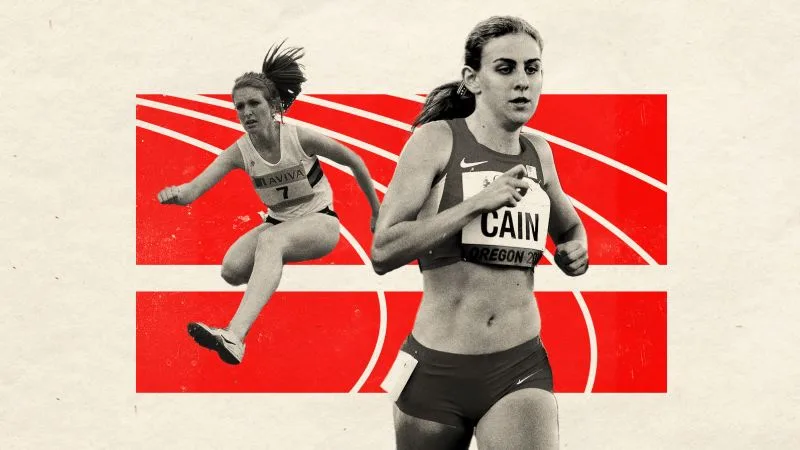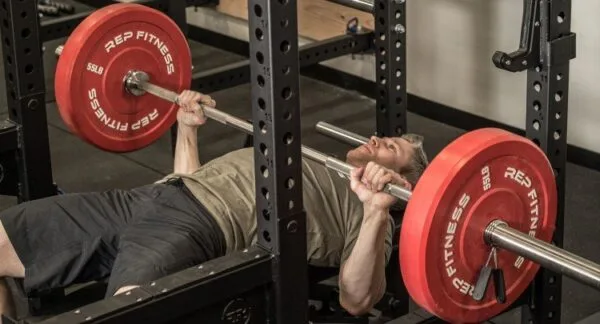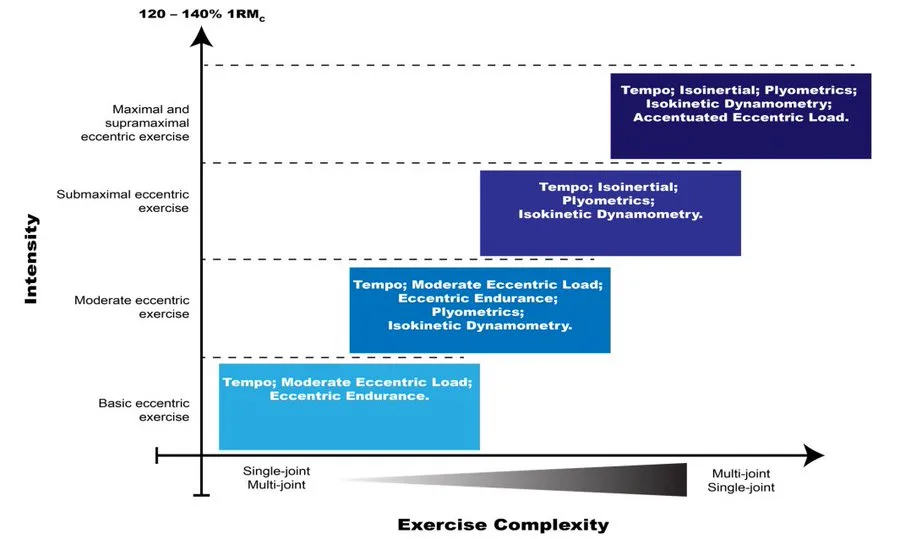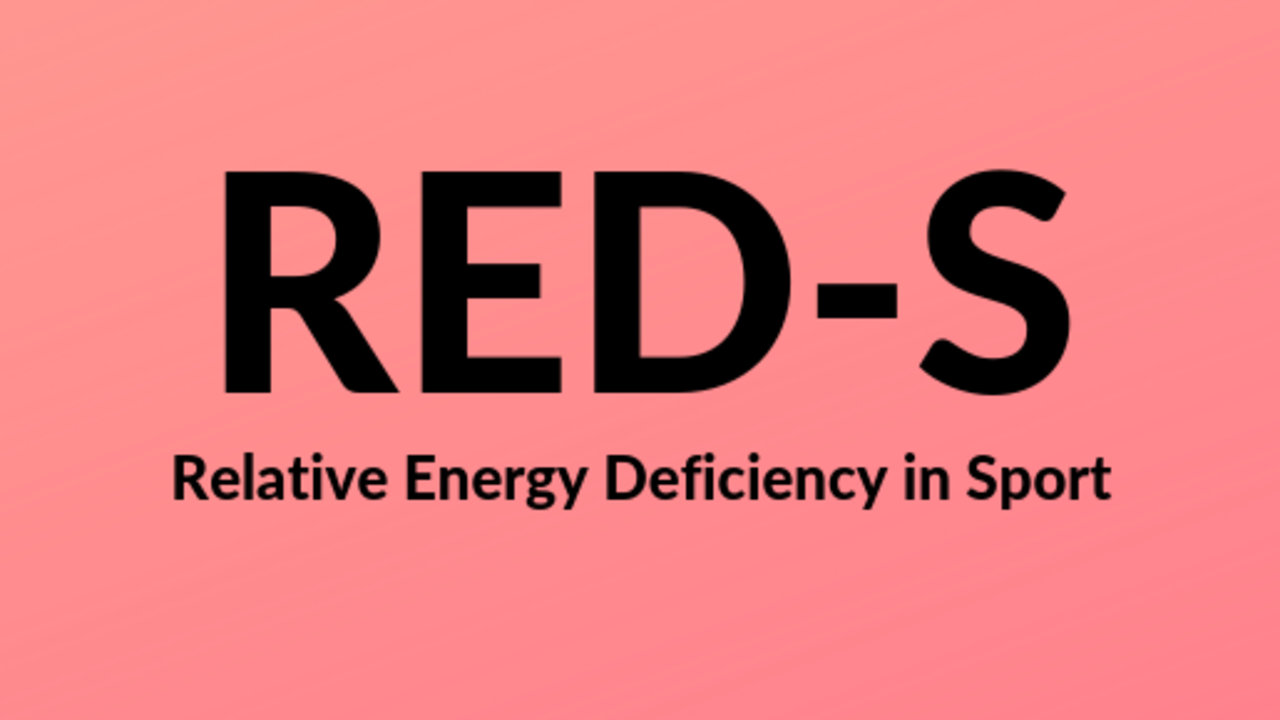This week in the world of sports science, here’s what happened…
- REDs: The impact of overtraining and undereating
- Which type of plates are better for bench press – bumper or iron?
- Eccentric strength training cheat sheet
RED-S: the impact of overtraining and undereating

This week, a recent story feature on CNN Sports that discusses the impact of Relative Energy Deficiency in Sports (RED-S) on athletes Mary Cain and Pippa Woolven has been getting a lot of attention on LinkedIn. Both Cain and Woolven, who had impressive junior careers, were affected by RED-S, which is caused by overtraining and undereating over a prolonged period. RED-S can lead to an increased risk of bone fractures, as well as negatively affecting metabolism, immune health, cardiovascular health, menstrual health, mental health, and athletic performance.
Cain achieved the remarkable feat of becoming the youngest athlete from the United States to make a World Championship team in track and field. However, it is shocking to learn that RED-S played a role in Cain’s five broken bones, a period missed for over three years, constant hunger, and poor mental health. Similarly, Woolven, a champion in the World Junior steeplechase, also had health issues such as missed periods, digestive problems, and deteriorating mental health.
Fortunately, due to the efforts of people like Cain and Woolven, more attention is being given to RED-S. A recent LinkedIn post by Sharon Madigan PhD, sheds further light on the subject. Although the adverse effects of RED-S can mostly be reversed by eating more and training less, athletes with a high training load must fuel their bodies with the right nutrition to prevent it in the first place. The feature on CNN Sports is well worth checking out!
Which type of plates are better for bench press – bumper or iron?

Bumper plates are often preferred over iron (standard) plates for safety. However, some lifters believe that using bumper plates can negatively impact their lifts compared to iron plates. Recently, a fascinating study was published in the Journal of Strength and Conditioning Research that sheds light on this topic.
The study involved 11 participants who were experienced in resistance training. They performed the bench press at 70%, 80%, and 90% of their 1RM. The participants were blinded and were unaware of whether bumper plates or iron plates were on the bar. The participants were video-recorded while performing their lifts, and their muscle activity was monitored through electromyography (EMG) recordings.
According to the study, there was no significant difference between the use of bumper or iron plates for the bench press. This means that both types of weight plates can be used interchangeably without having any biomechanical impact on the lift.
Eccentric strength training cheat sheet

Last week, Eamonn Flanagan shared a valuable resource on eccentric strength training on X. In his post, Flanagan categorizes eccentric training into four types: basic, moderate, submaximal, and maximal, based on the intensity and goals of training.
For each category, Flanagan provides examples and explains who would benefit the most from it. For instance, the moderate eccentric training category is suitable for advanced rehabilitation, injury prevention, and individuals with lower training ages. Some exercises in this category include moderate impact plyometrics, bodyweight eccentrics (adapted Nordic curls and Copenhagen’s), and acceleration and deceleration exercises. The intensity for this category should be around 4-6 out of 10 on the RPE scale.
Flanagan’s eccentric “cheat sheet” is backed by research from Burgos-Jara et al. (2023) and is an essential resource for coaches interested in implementing eccentric strength training with their athletes. It is helpful to determine which category of the continuum the athlete should focus on, the specific eccentric exercises to perform, and the intensity at which to perform them. To see the post, please click on this link.
From us this week:
>> New course: Strength Training For Rowers
>> New podcast: Blood Flow Restriction Rockets Recovery
>> New infographic: How Important Is Muscular Strength To Athletic Performance
>> New article: Skill Acquisition
Access to a growing library of sports science courses
SFS Academy is an all-access membership to premium sports science education.
With SFS Academy, you’ll learn from some of the best coaches around the world as they teach you how to apply the latest research and practice with your athletes.



